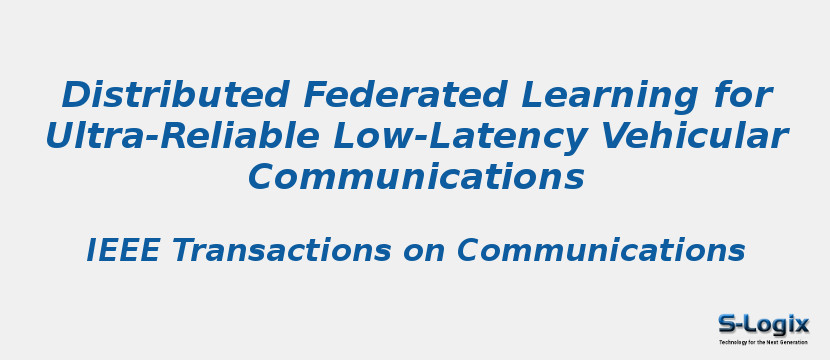Research Area: Vehicular Ad Hoc Networks
In this paper, the problem of joint power and resource allocation (JPRA) for ultra-reliable low-latency communication (URLLC) in vehicular networks is studied. Therein, the network-wide power consumption of vehicular users (VUEs) is minimized subject to high reliability in terms of probabilistic queuing delays. Using extreme value theory (EVT), a new reliability measure is defined to characterize extreme events pertaining to vehicles queue lengths exceeding a predefined threshold. To learn these extreme events, assuming they are independently and identically distributed over VUEs, a novel distributed approach based on federated learning (FL) is proposed to estimate the tail distribution of the queue lengths. Considering the communication delays incurred by FL over wireless links, Lyapunov optimization is used to derive the JPRA policies enabling URLLC for each VUE in a distributed manner. The proposed solution is then validated via extensive simulations using a Manhattan mobility model. Simulation results show that FL enables the proposed method to estimate the tail distribution of queues with an accuracy that is close to a centralized solution with up to 79% reductions in the amount of exchanged data. Furthermore, the proposed method yields up to 60% reductions of VUEs with large queue lengths, while reducing the average power consumption by two folds, compared to an average queue-based baseline
Keywords:
Author(s) Name: Sumudu Samarakoon; Mehdi Bennis; Walid Saad; Mérouane Debbah
Journal name: IEEE Transactions on Communications
Conferrence name:
Publisher name: IEEE
DOI: 10.1109/TCOMM.2019.2956472
Volume Information: ( Volume: 68, Issue: 2, Feb. 2020) Page(s): 1146 - 1159
